No Products in the Cart
Osteochondritis Dissecans OCD and Osteonchondrosis in Dogs

Hi, Jope's squad!
If your dog has been showing signs of osteochondrosis or osteochondritis (OCD), you might be concerned about proper diagnosis and treatment. What symptoms should you look out for? And how will your veterinarian start treatment once your pet is diagnosed? From dog food to surgery, there are plenty of treatment options to consider. Luckily, the Jope team is here to help. Let’s break down the symptoms, treatment, and prognosis of canine osteochondrosis and OCD.
OCD Take home messages
- Osteochondrosis, osteochondritis, and osteochondritis dissecans are diseases that can affect young dogs and puppies.
- All three conditions affect dogs’ joints.
- Osteochondrosis is a type of abnormal cartilage development in places where a bone meets a joint
- Osteochondritis occurs when diseased cartilage cracks. And similarly, canine osteochondritis dissecans (dog OCD) happens when this cartilage breaks away from the joint.
- Large-breed and giant-breed dogs often show osteochondrosis signs or osteochondritis symptoms at some point in their lives. Certain breeds are more prone to these health problems than others.
- The origins of these diseases aren’t well understood. They could be genetic, or they might be caused by repeated micro-traumas to your dog’s soft tissue.
- Canine osteochondrosis signs start with puppies limping when they’re four to nine months old. If the symptoms are left untreated, they can lead to severe osteoarthritis.
What do osteochondrosis signs mean for your dog?
If you’ve asked your veterinarian about canine osteochondrosis, you might have heard that it’s a local disorder of endochondral ossification. That might sound confusing! But it just means some bones aren’t growing normally in a puppy’s joints.
For growing dogs, this kind of abnormal growth is caused by defects in the joint tissue’s deep layers. As a result, the partition between cartilage and bone becomes indistinct. So, the joint cartilage gets thicker and thicker in the affected area as your puppy grows up. This process is called osteochondrosis.
Then, over time, the cartilage tends to crack in a process called osteochondritis. This soft tissue can also even break away entirely. When that breakage occurs, the condition is called osteochondritis dissecans or OCD. Veterinarians most often diagnose and treat dog OCD of these three types of disease progression.
Which dog breeds are the most at risk for osteochondrosis symptoms?
Osteochondrosis usually affects large and giant dog breeds. So, veterinarians strongly suspect a hereditary cause for these symptoms. Also, reports suggest that male dogs are affected more than female dogs.
Small dog owners will be relieved to learn that this condition is considered rare for small breeds! However, if your dog is one of the following large or giant breeds, they’re more likely to need osteochondrosis treatment at some point in their lives :
- German shepherd.
- English bulldog.
- Golden retriever.
- Labrador.
- Chesapeake Bay retriever.
- Rottweiler.
- Setters.
What causes osteochondrosis in dogs?
Osteochondrosis symptoms start early in a dog’s life. Veterinarians usually see the telltale signs when puppies are around four to nine months old. And although the origins of canine osteochondrosis are still uncertain, there are probably multiple causes.
Overall, researchers’ most popular theory is that vascular damage (lesions) reduces the flow of oxygen and nutrients to affected joint cartilage.
These changes to a joint’s blood supply prevent healthy bones from forming when a puppy has osteochondrosis.
Also, repeated minor injuries (micro-traumas) seem like another possible cause of canine osteochondrosis.

Tips for dog owners to prevent OCD
To help keep your dog healthy and avoid osteochondrosis symptoms, we recommend starting early. Go easy on your puppy! Avoid any intense efforts that could lead to joint trauma or injury.
When your dog is still growing, steer clear of too much climbing, sports, or agility training. Of course, it’s important to exercise your puppy.
But make sure you choose age-appropriate activities to protect their joints. Avoid long runs, and keep your puppy from playing on concrete.
Don’t encourage them to jump repeatedly—for example, when fetching a toy. And if you’ve scheduled a play date with a larger dog, avoid roughhousing to prevent injury!
In addition to avoiding wear and tear on your dog’s joints, you also have other prevention options.
For instance, certain dog foods might help prevent osteochondrosis. These foods are usually in the “mobility” category, and they’re available as both kibble and wet food. Also, electrolyte disorders and growth rates might affect this condition.
Quality supplements, such as those containing effective ingredients like UC-II® collagen, can support your dog's long-term joint health. Consider adding fish oil to their diet, as it provides omega-3 fatty acids (EPA and DHA) that promote joint health and contribute to a healthier coat.


What joints are affected by canine osteochondrosis?
Osteochondrosis affects several different joints. (See Diagram 1.) The most commonly affected joints for dogs are:
- The shoulder (the most-affected joint)
- The elbow (the second-most-affected joint)
- The stifle (the knee joint)
- The hock or tarsus (dogs’ joint equivalent to the human ankle)

Diagram 1 - Affected joints for osteochondrosis, osteochondritis, or OCD in dogs.
German shepherd owners, you should note that osteochondrosis sometimes affects this breed’s lumbosacral joint. (That’s where your dog’s spine connects to their pelvis, near the hip joint.) This particular type of osteochondrosis is also called sacral osteochondrosis. To learn more, check out this research on sacral osteochondrosis in German shepherds.
The clinical signs of osteochondrosis in dogs
The clinical signs of osteochondrosis appear when a dog’s cartilage cracks (osteochondritis) or detaches (OCD). Your puppy will usually start by showing some signs of joint discomfort and lameness, like limping. Often, significant inflammation and joint pain occur when an affected joint is moved (mobilized).
Typically, dog owners also notice that their growing puppy starts limping. When osteochondritis symptoms are to blame, this limping usually starts between four and nine months of age. Also, in these cases, the limping doesn’t get better on its own after a few days.

Picture 2 - A typical x-ray showing osteochondritis (OCD) of the shoulder in an young dog. The red arrow shows the affected part of the joint and bone. (Toulouse Veterinary School)
Osteochondrosis can also affect a dog’s shoulder. ( See Picture 2.) And in this case, 50% of the time, both shoulders are affected.
If these symptoms are left undiagnosed or ignored, osteochondrosis can lead to severe complications. For older dogs, it can particularly cause osteoarthritis.
How do vets diagnose dog OCD?
If you’re worried about OCD in your dog, here’s what to expect from the diagnosis and treatment process. First, you’ll notice that your growing puppy has been limping for over two weeks. Then, you’ll schedule an appointment with your veterinarian. If this condition is affecting your dog, your vet will usually suspect OCD during this first clinical exam.
Next, to diagnose the problem, your vet will probably x-ray both potentially affected joints—not just the painful one. This step is crucial if the elbow is affected. (See Photo 2.) Although the inflamed site (the joint cartilage) isn’t visible on x-rays, a detailed examination of your dog’s bone and joint area can reveal the recognizable signs of osteochondrosis and osteochondritis.
Your veterinarian might work with a specialist—a radiologist—to read these images. If your dog does have osteochondrosis, x-rays can show abnormalities. These abnormalities can include mineralization defects, unusual contours, increased bone density, and even detached mineralized joint fragments called joint mice. Note that the joint cartilage itself doesn’t show up in x-rays because this tissue isn’t mineralized.
To confirm an osteochondrosis or OCD diagnosis, your vet might reach out to other specialists. These experts can use more advanced imaging techniques. Together, your vet team can determine the right treatment for your pup.
Medical technologies to diagnose osteochondrosis
These days, CT scans and MRIs are also commonly used. They offer some advantages over traditional x-rays, providing cross-sectional images that better detect joint damage. However, these techniques are also more expensive. So, veterinarians use them only when necessary to confirm clinical and x-ray osteochondrosis and osteochondritis symptoms in your dog.
Additionally, vets can use arthroscanners. (See Picture 3).

Picture 3 - An arthroscan of the elbow of a six-month-old dog that had been limping. The green arrow show the changes your veterinarian will look for in a CT image. (Toulouse Veterinary School)
These medical devices help evaluate the joint surface to determine the extent of any damage. Also, they allow for three-dimensional reconstructions—a significant advantage. (See Picture 4).

Picture 4 - A 3D reconstruction from a knee scan of a six-month-old American Staffordshire terrier with osteochondritis dissecans (OCD). The red arrow shows a bony defect. Thickened joint cartilage is also visible.
Arthroscopy can help your vet see the surfaces of your dog’s joints. (Think the shoulders, the elbows, and the other joints that dogs rely on every day.) Plus, this technology can also reveal any joint mice that could be causing problems. (Remember, joint mice are those fragments of bone that have come loose.) This technique also allows vets to start providing early treatment at the time of diagnosis.
Osteochondritis treatment for dogs
After diagnosing the problem, your veterinarian will recommend the best initial treatment plan for your puppy. If your dog needs surgery, your vet might also prescribe strict crate rest for a few weeks or months after the procedure.
So, what can you expect from the recovery process? First, if your dog has a very mild case of osteochondritis or OCD, they might get better with just strict rest and restricted activity for several weeks. Strict rest means going out only for short walks on a leash and resting in a dog crate the rest of the time. During this recovery period, your veterinary team will check up on your dog’s health. Also, they’ll likely prescribe some medications to relieve inflammation, as well as joint health supplements. Pet supplement quality is really uneven, check you use products with good sourcing and proven benefits, like Jope’s hip and joint health product.
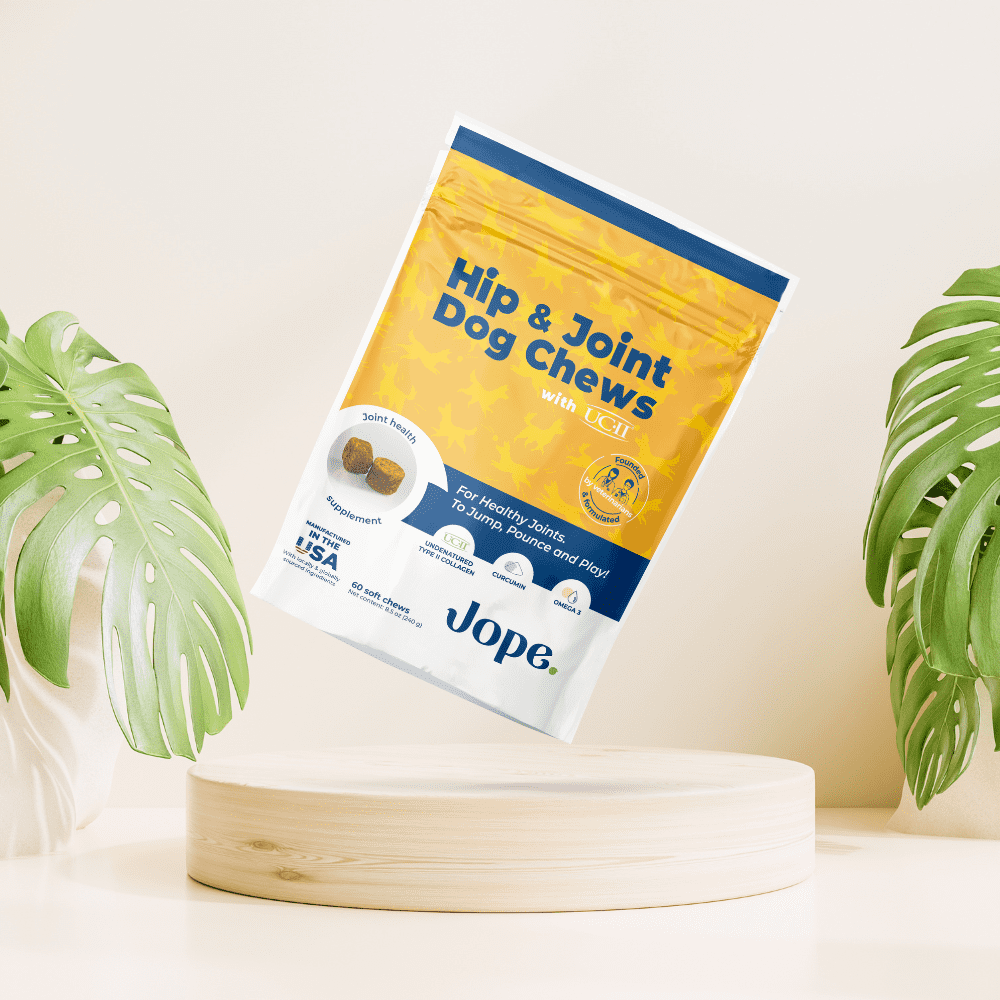

Over these few weeks of strict rest, you should perform passive range of motion (PROM) exercises for your dog. PROM exercises improve joint mobility while restricting activity. Are you unsure about how to do these exercises properly? Check out our soon to come videos for helpful examples.
What to expect from your dog’s osteochondritis surgery ?

Picture 5 - Knee surgery on a six-month-old American Staffordshire terrier with osteochondritis dissecans (OCD). The abnormal cartilage fragment is visible (the blue arrows).
Finally, new approaches using synthetic cartilage replacements are also possible in some cases. Your vet will discuss the best options for you and your dog.
What is the price of OCD surgery?
Because a board-certified specialist usually does OCD surgery, you can expect to spend between $2,000 and $4,000 per joint regardless of the technique used.
Price will depend on your location, technique used and veterinary hospital you go.
Also Read - Glucosamine for Dogs
What’s the prognosis for your dog’s osteochondritis?
The prognosis for recovery from these conditions depends on the affected area, the extent of your dog’s joint damage, and your dog's age. The good news is that early management can greatly limit any secondary damage. If your large-breed puppy has started limping at around four to nine months, you have to bring them in for a check-up with your veterinarian.
A dog’s osteochondritis prognosis also depends on the type of treatment they’ve received. Generally, if your dog has OCD of the shoulder, they’ll have a better outlook than dogs with OCD of the stifle. And if your dog has OCD of the ankle (tarsus) and elbow (humerus), their prognosis will depend on their lesion sizes.
On the one hand, you can be sure that osteoarthritis will appear if you do nothing to treat these symptoms. But on the other hand, surgery doesn't guarantee that osteoarthritis won’t develop later. So, it’s important to follow the best practices for treatment—including supplements.
FAQs
What happens to a dog with osteochondrosis?
Osteochondrosis (OCD in orthopedic terms) causes abnormal cartilage development in joints, leading to pain, lameness, swelling, and reduced mobility. It often affects the shoulder, elbow, or knee joints in young, large-breed dogs.
Is osteochondritis dissecans genetic?
Yes. Osteochondritis dissecans (OCD) has a genetic component, especially in breeds like Labrador Retrievers, Rottweilers, and Great Danes. However, diet, growth rate, and trauma can also influence its development.
Is osteochondritis dissecans a disability?
Yes, it can be. If untreated, it may lead to chronic pain, reduced mobility, and arthritis, potentially qualifying as a physical disability, especially in working or service dogs.
What are the stages of osteochondritis?
Osteochondritis typically progresses through,
- Abnormal cartilage thickening
- Cartilage detachment
- Formation of cartilage flaps
- Joint inflammation and secondary arthritis if untreated







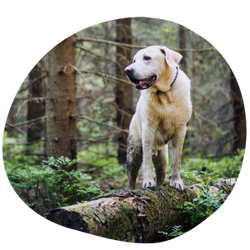
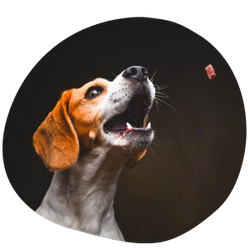

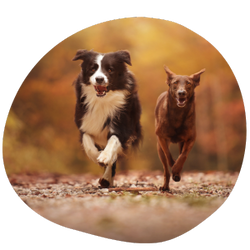
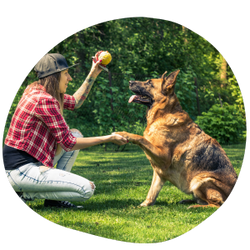

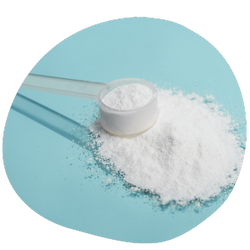
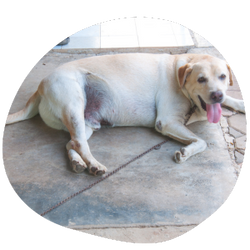
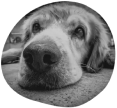
Leave a comment